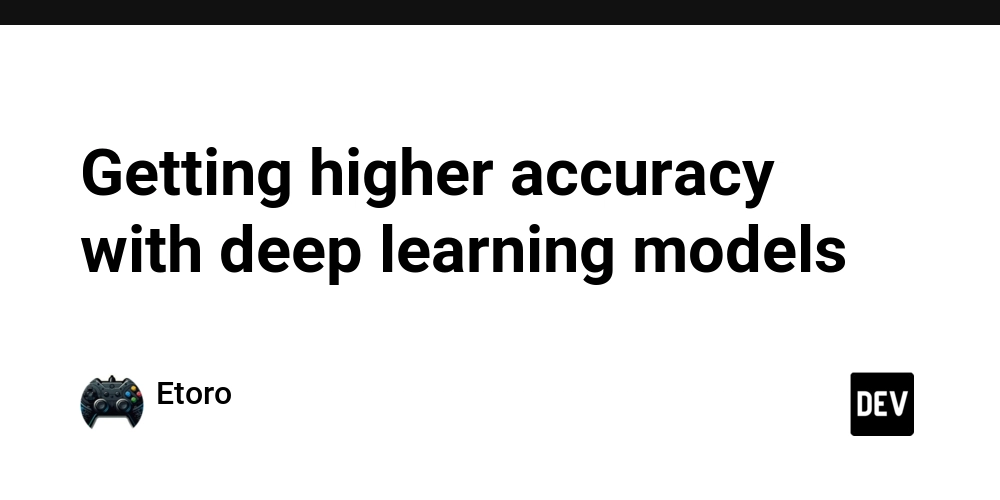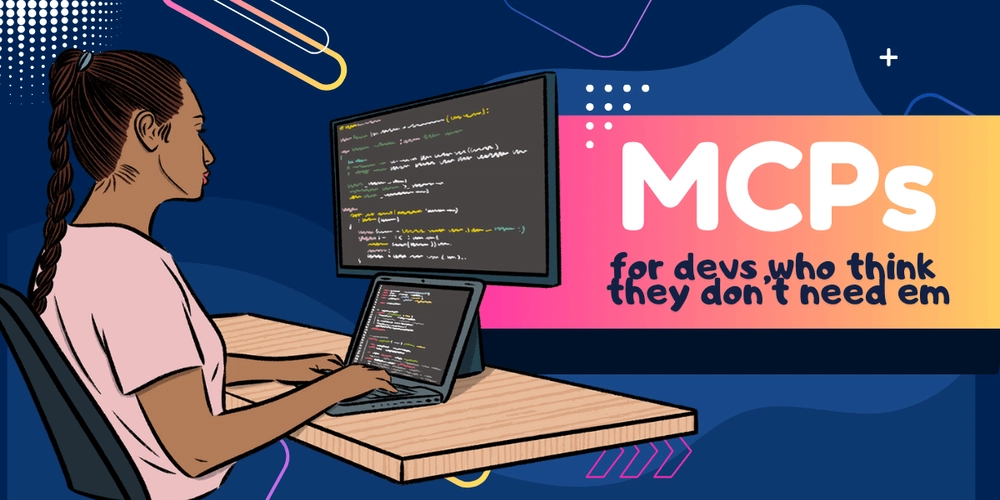Deep learning has revolutionized fields like computer vision, natural language processing, and speech recognition. However, building models that achieve high accuracy can be challenging, especially when dealing with complex tasks and large datasets. Here are some key strategies to improve the accuracy of your deep learning models:
- Use a Proper Architecture
Choosing the right model architecture is fundamental. While simple models like feed-forward networks can be effective for basic tasks, more advanced architectures like Convolutional Neural Networks (CNNs) for image-related tasks or Recurrent Neural Networks (RNNs) for sequence data tend to provide better performance. Explore pre-built architectures such as ResNet, VGG, and Transformer models, which have been optimized for specific tasks and datasets.
- Data Quality and Augmentation
High-quality data is the cornerstone of any successful model. Ensure your dataset is representative of real-world conditions and is free of bias. However, even the best datasets can benefit from data augmentation, especially in image classification. Techniques like flipping, rotation, and scaling images can artificially expand the dataset and make the model more robust to different input variations.
For natural language processing (NLP) tasks, consider using techniques like word embeddings (e.g., Word2Vec or GloVe) to improve the model’s understanding of text data.
- Regularization Techniques
Regularization helps prevent overfitting, which can lead to high performance on training data but poor generalization on unseen data. Common regularization techniques include:
Dropout: Randomly turns off a fraction of neurons during training to prevent overfitting.
L2 Regularization (Weight Decay): Adds a penalty term to the loss function to encourage smaller weights.
Early Stopping: Monitors validation performance and stops training when the model starts to overfit.
- Hyperparameter Tuning
Finding the right combination of hyperparameters (like learning rate, batch size, optimizer type) is key to optimizing model performance. Techniques such as grid search or random search can help find the best values. More recently, Bayesian optimization and hyperparameter tuning frameworks like Optuna have become popular for efficiently searching large hyperparameter spaces.
- Transfer Learning
Instead of training a deep learning model from scratch, consider using pre-trained models that have already been trained.
Conclusion
Achieving high accuracy with deep learning models requires a combination of best practices, thoughtful model design, and continuous refinement. Start by selecting the right architecture for your task, whether it’s a convolutional neural network (CNN) for image classification or a recurrent neural network (RNN) for sequence tasks. Then, focus on key factors like data preprocessing, augmentation, and proper feature engineering to provide your model with high-quality input.
Regularization techniques, such as dropout, batch normalization, and L2 regularization.



